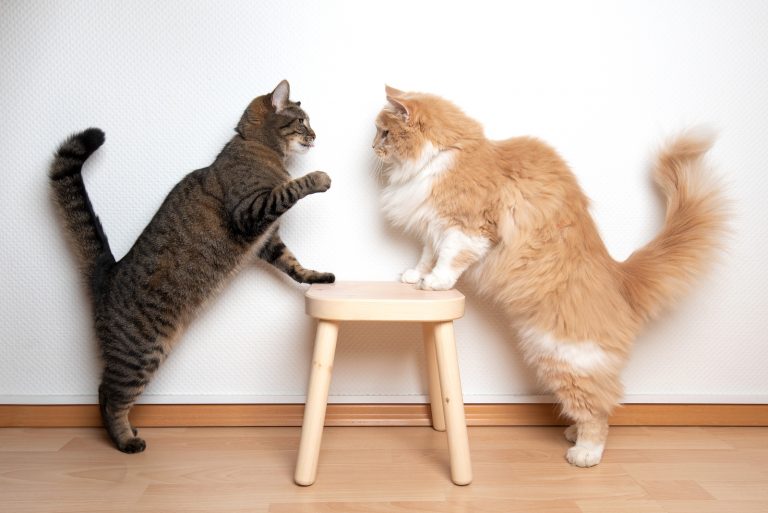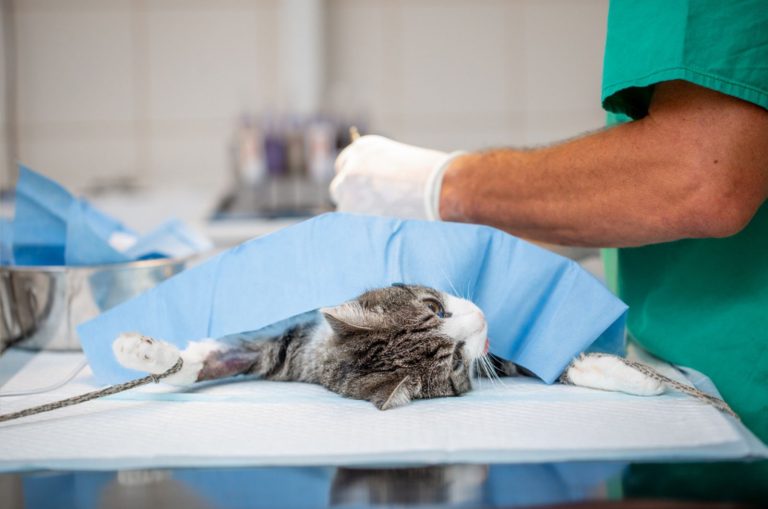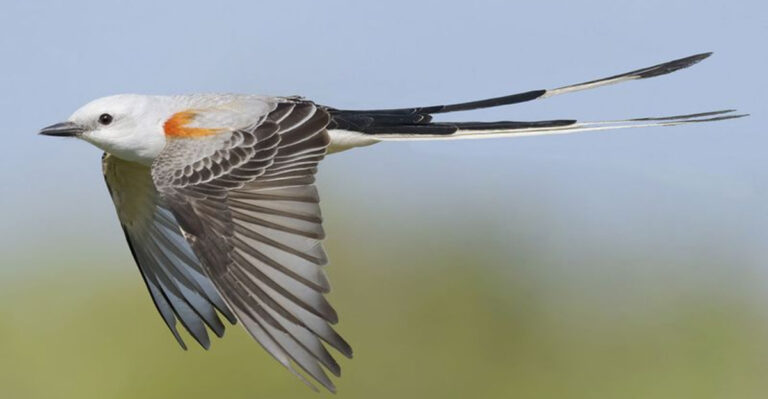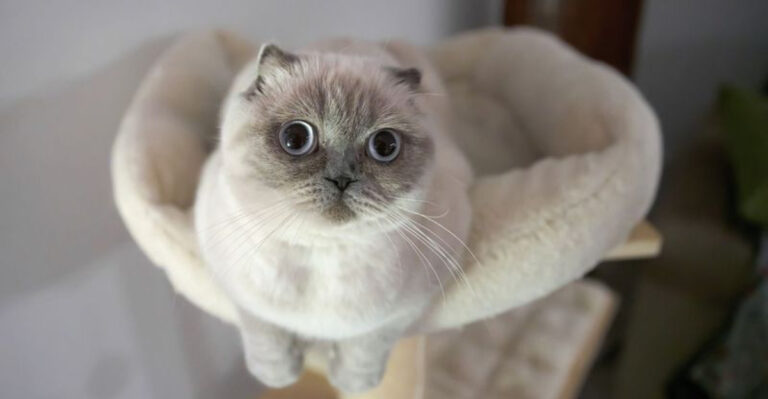9 Legendary Horses That Shaped U.S. History
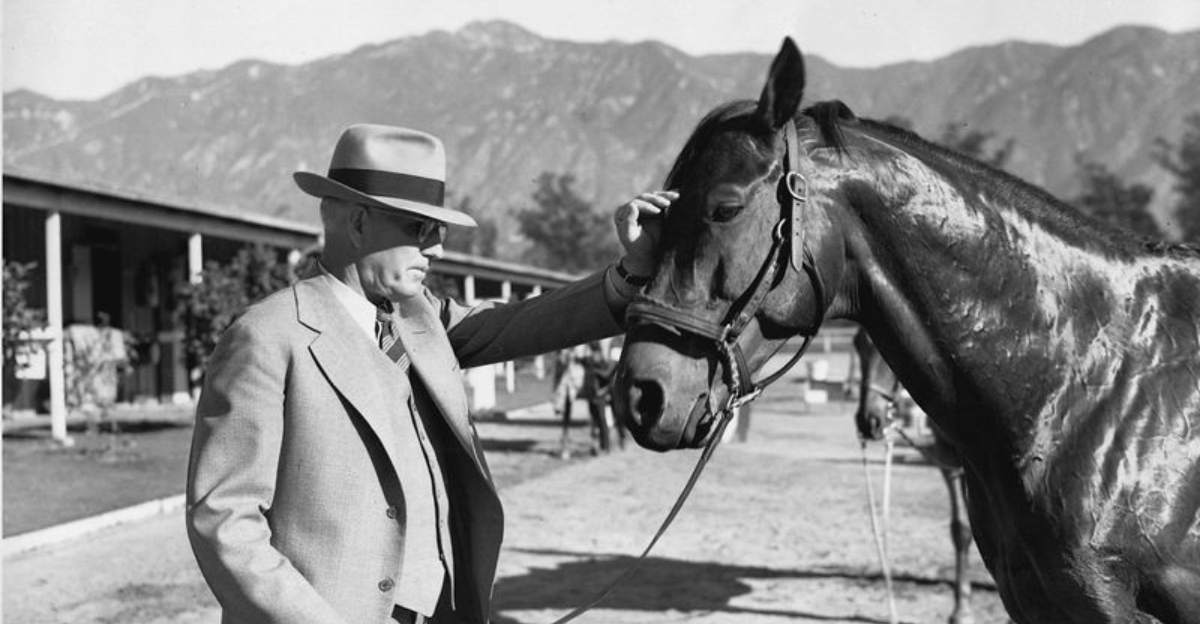
Horses have galloped through American history, leaving hoofprints on our hearts and culture. These magnificent animals have raced into record books, starred in movies, and even helped build our nation.
From legendary racehorses to beloved movie stars, these horses have earned their place in America’s story through their speed, strength, and spirit.
1. Secretariat, The Horse With Heart
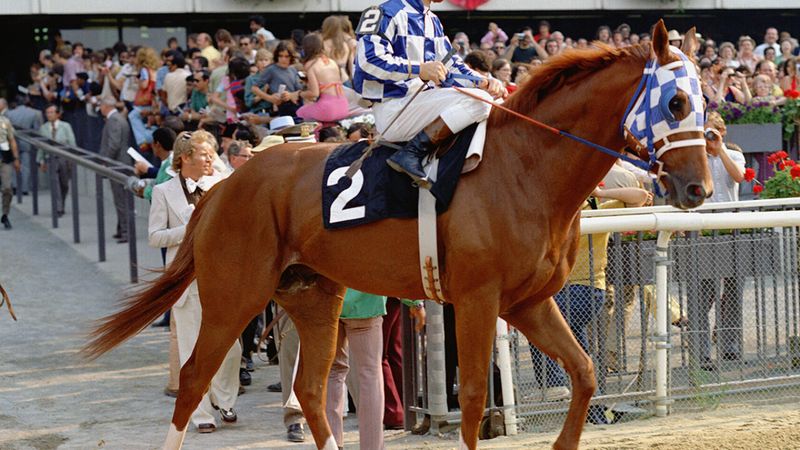
The chestnut colt with three white “socks” rewrote racing history in 1973. Nicknamed “Big Red,” Secretariat didn’t just win the Triple Crown. He shattered records with times that still stand today.
His 31-length victory at the Belmont Stakes left spectators speechless. When veterinarians examined his heart after death, they found it was nearly three times larger than average, literally giving him a bigger heart than his competitors.
2. Man o’ War: The Mighty Red
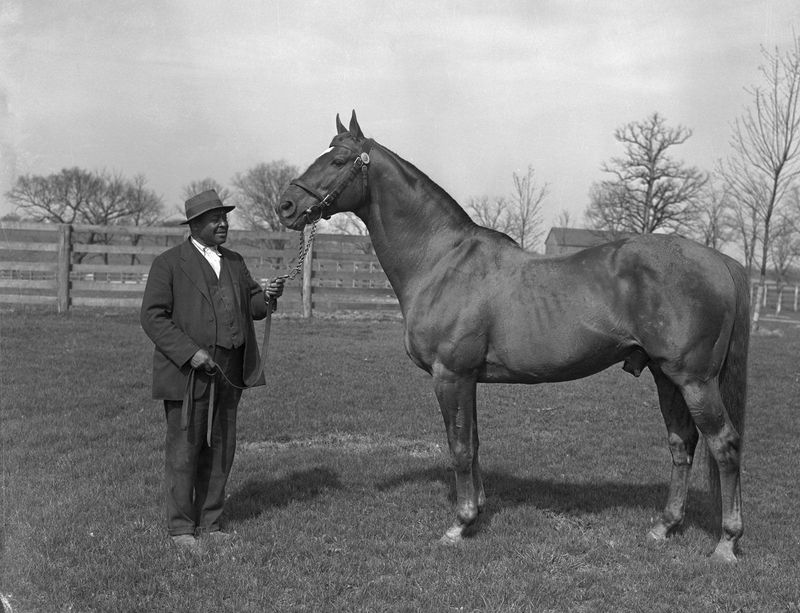
Standing tall at 16.2 hands with a fiery red coat, Man o’ War dominated racing in the early 1900s. His only defeat came when he was facing backward at the starting line, yet he still almost won!
Carrying crushing weights designed to slow him down, he still outran competitors by 20+ lengths. After retirement, 100,000 people visited him annually at his Kentucky farm, cementing his legacy as America’s first true equine superstar.
3. Seabiscuit, The Underdog Champion
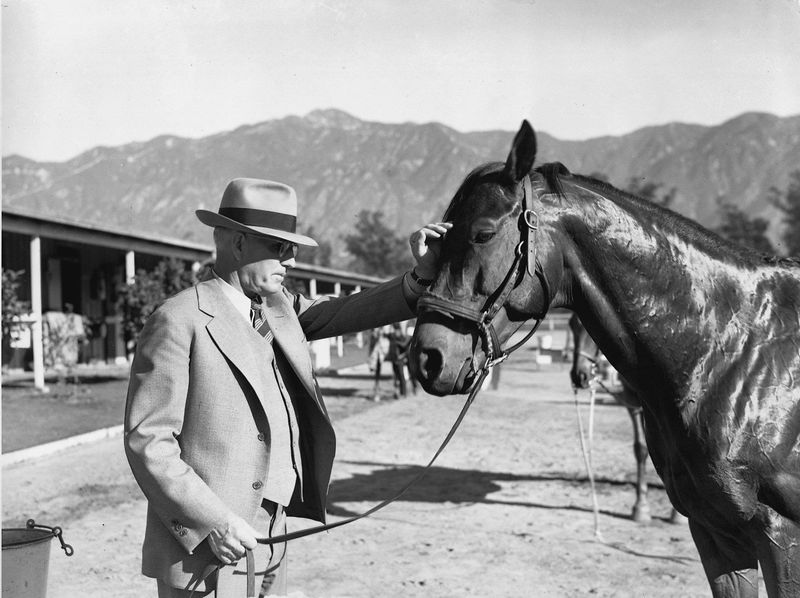
Small, knobby-kneed, and initially dismissed as worthless, Seabiscuit became America’s unlikely hero during the Great Depression. His match race against Triple Crown winner War Admiral in 1938 drew more radio listeners than President Roosevelt’s speeches.
Trained by Tom Smith and ridden by Red Pollard, this scrappy horse embodied the American dream when hope was scarce. His comeback from injury mirrored the nation’s own struggle to recover from economic disaster.
4. American Pharoah: The Drought Ender
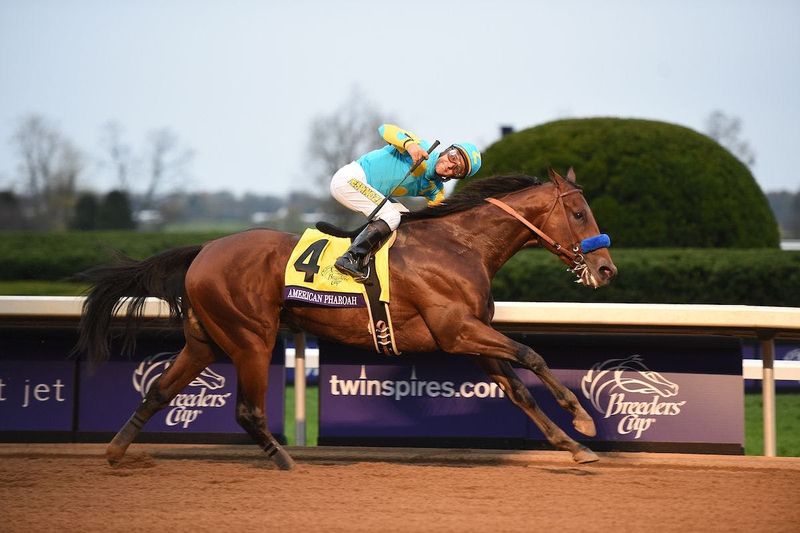
For 37 long years, racing fans waited for another Triple Crown champion. American Pharoah answered their prayers in 2015 with his smooth, seemingly effortless stride that made difficult races look easy. What made him special wasn’t just his speed but his friendly personality.
Unlike many high-strung racehorses, he loved human attention and cameras. His misspelled name (should be “Pharaoh”) became part of his charm as he completed the first-ever “Grand Slam” by winning the Breeders’ Cup Classic.
5. Trigger, Hollywood’s Golden Palomino
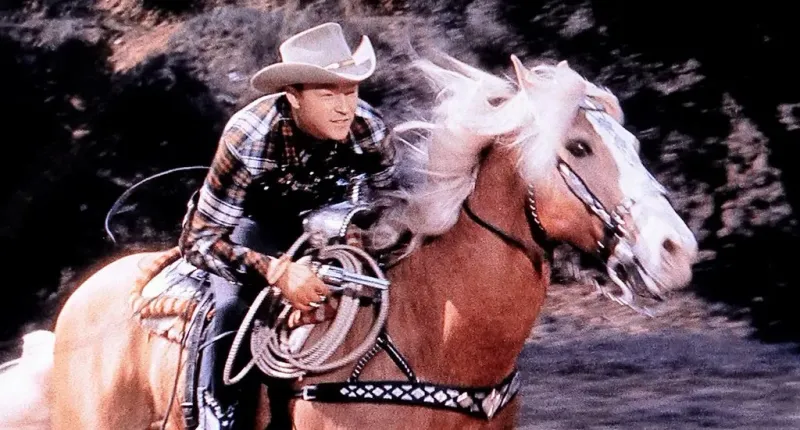
With his gleaming golden coat and flowing white mane, Trigger wasn’t just Roy Rogers’ horse, he was his co-star. This intelligent palomino could perform over 100 tricks, including signing his “autograph” by holding a pen in his mouth.
Originally named Golden Cloud, he appeared in all 88 of Rogers’ movies and 100+ TV episodes. Roy loved him so much that after Trigger’s death at age 33, he had his beloved horse preserved through taxidermy rather than saying goodbye.
6. Comanche: The Survivor Of Little Bighorn
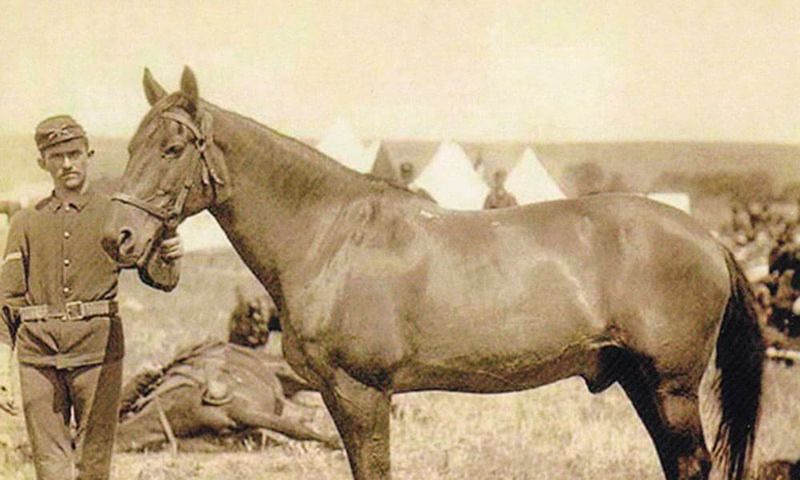
In the aftermath of the Battle of the Little Bighorn, a lone horse emerged as a symbol of survival and resilience. Comanche, a bay gelding, was found wounded but alive among the fallen soldiers. Known as the sole survivor of Custer’s regiment, his story captivated the nation.
Comanche was celebrated for his endurance and courage. His presence at military parades served as a poignant reminder of those lost in battle. The horse was treated with the highest honors, never to be ridden again. He lived out his days as a beloved mascot of the 7th Cavalry.
7. Lexington, The Blind Wonder Horse
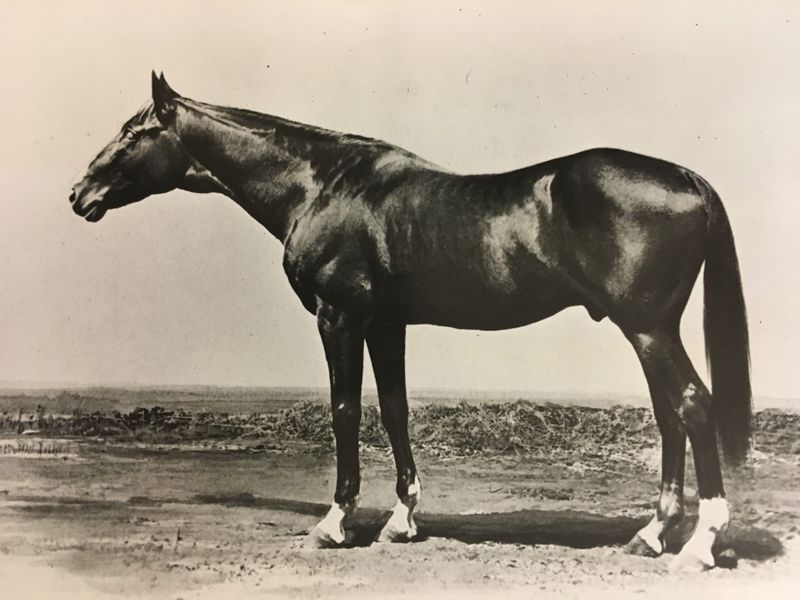
Born in 1850, this dark bay thoroughbred dominated American racing despite gradually losing his eyesight. By the time Lexington retired after winning 16 of 17 races, he was completely blind. His greatest achievement came after racing.
As a breeding stallion, he sired more winning horses than any American sire for an astounding 16 years straight. The U.S. Cavalry prized his descendants for their stamina and intelligence, making his bloodline part of America’s military history.
8. Black Beauty, The Horse Who Changed Animal Rights
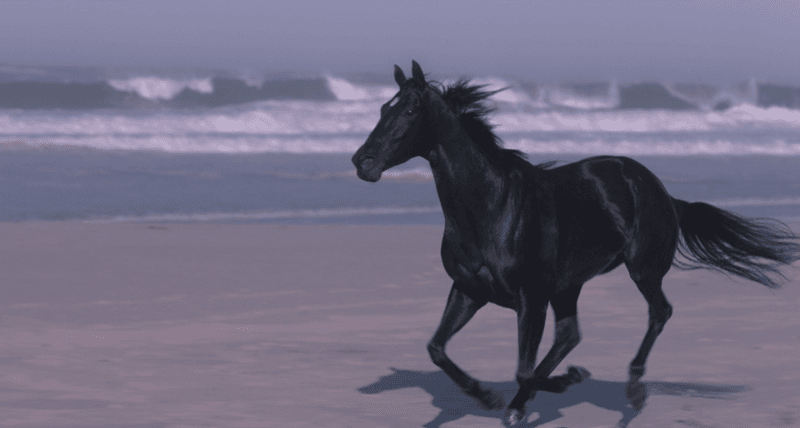
Though fictional, this ebony horse galloped into American hearts when Anna Sewell’s novel reached U.S. shores in 1877. Written from the horse’s perspective, the story revealed the cruel treatment many working horses endured. Black Beauty’s tale sparked America’s first serious animal welfare movements.
The American Society for the Prevention of Cruelty to Animals gained thousands of supporters after the book’s publication. Through this literary horse, Americans began seeing animals as beings deserving kindness rather than mere tools.
9. Ruffian, The Queen Who Fell
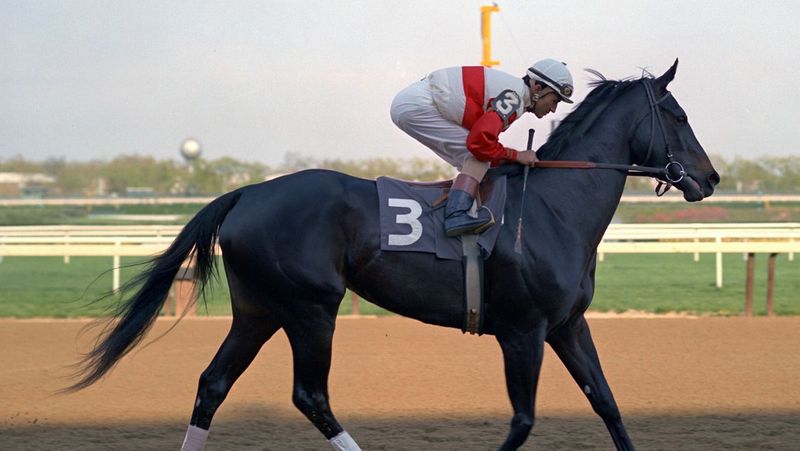
Coal-black with a single white marking, Ruffian ran with such dominating speed that no filly could match her. In every race she ever ran, she led from start to finish, never knowing another horse in front of her.
Her tragic 1975 match race against Kentucky Derby winner Foolish Pleasure ended when she catastrophically broke down. Despite surgery, she thrashed against anesthesia, destroying any chance of recovery. Buried at Belmont Park facing the finish line, she remains the standard by which great fillies are measured.

